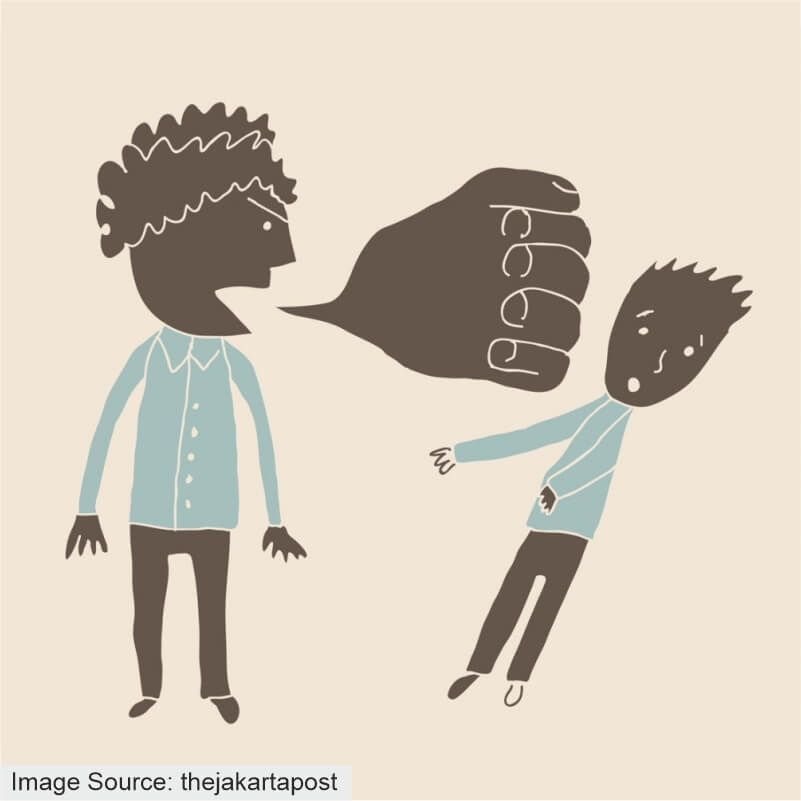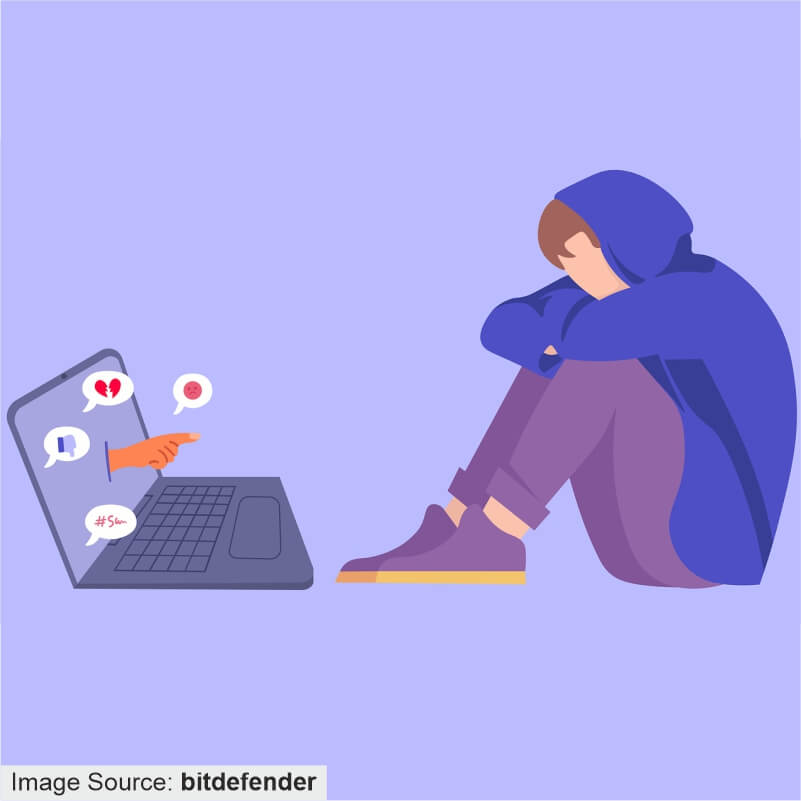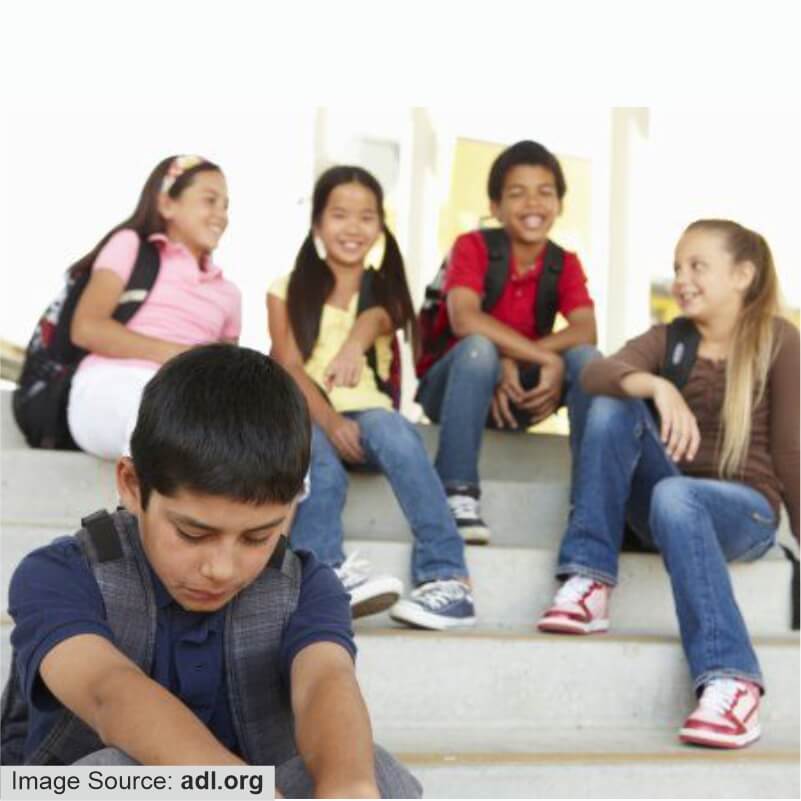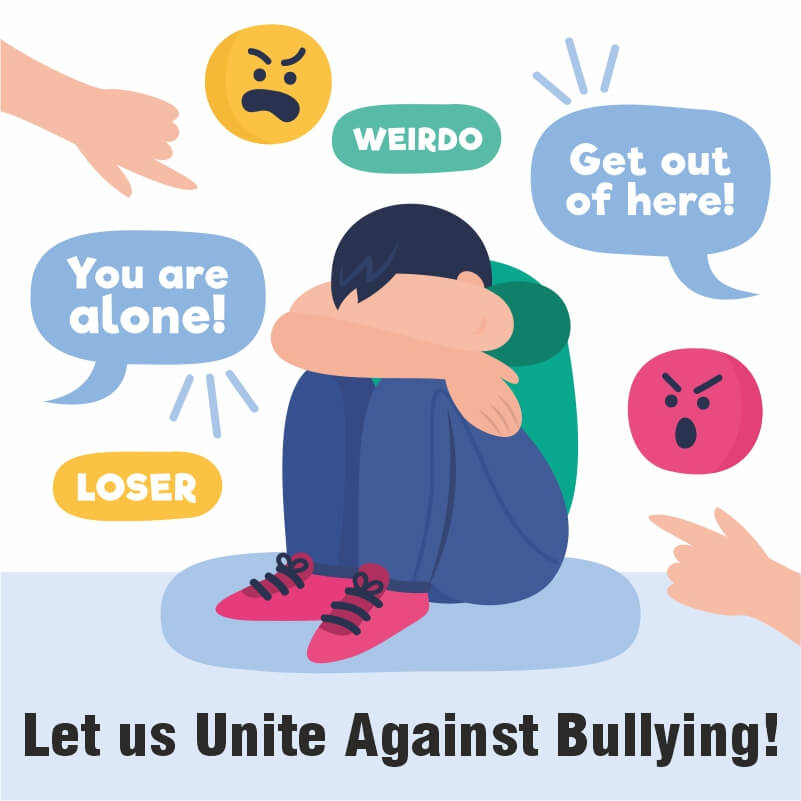Bullying is a significant public health problem among adolescents, and it may have harmful mental health-related consequences such as depression, anxiety, delinquency, and suicide. To achieve the United Nations Sustainable Development Goals (SDGs), SDG-3 and SDG-4, of ensuring good health and well-being at all ages, including adolescents, and providing quality education, respectively, it is necessary to measure the burden and consequences of bullying. Bullying is a form of school violence and has detrimental effects on the health of adolescents and their academic performance.
Dan Olweus, the creator of the Olweus Bullying Prevention Program, widely mentions, "A person is bullied when he or she is exposed, repeatedly and over time, to negative actions on the part of one or more other persons, and he or she has difficulty defending himself or herself." This definition includes three important components:
1)Bullying is aggressive behaviour that involves unwanted, negative actions.
2)Bullying involves a pattern of behaviour repeated over time.
3)Bullying involves an imbalance of power or strength.
World Health Organization (WHO), defines bullying as a threat or physical use of force, aiming at the individual, another person, a specific community or group which can result in injury, death, physical damage, some development disorders or deficiency.
Children, as well as adults, experience different types of bullying. Some are obvious to spot, while others can be more subtle. Hostility and aggression aimed towards a victim who is physically or emotionally weaker than the bully are usually obvious signs of bullying. This behaviour causes pain and distress to the victim. It isn’t always punches and name-calling. The different types of bullying that we look at below are some of the ways that bullying could be happening.
Types of Bullying:
Today, bullying can take many forms and happen across a variety of platforms.
1) Physical Bullying
Physical Bullying happens when people use their physical force and actions to take control of someone else. It is the most obvious, and widely perceived form of bullying. A bully is someone usually stronger than the victim. He/she tends to physically harm the victim by hitting, biting, punching, kicking, or pushing them if they refuse to agree with them.2) Verbal Bullying

From children who get picked on at schools to spouses who are regularly lashed out at by their partners, verbal bullying can take many forms. Unlike physical bullies who use their bodies to cause harm, verbal bullies use words, language, and painful statements to bring a similar level of shame. This can include name-calling, spreading rumours, and persistent teasing. Verbal Bullying is often followed by physical behaviour. While verbal bullying can start harmless, it can escalate to levels that start affecting the individual target. Verbal bullying can leave permanent internal wounds that impair a target for life.
3) Emotional Bullying
Emotional Bullying can be difficult to identify, but it’s present everywhere you look. It can often go unnoticed by teachers and parents as the effects caused cannot be seen or heard. This is a very deliberate type of social manipulation that can leave targets feeling isolated and alone. The ways that an emotional bully might achieve their goals is by spreading lies about the target, sharing secrets told in confidence, exposing embarrassing aspects of the target’s life, or by breaking someone's trust. Emotional bullying can create a sense of isolation. In some cases, this isolation can trigger retaliation that leads to a vicious cycle of ongoing bullying.4) Prejudicial Bullying
Prejudicial or Racial bullying happens when a victim is bullied because of his or her race, religion, or sexual orientation. It has been named after the notion that the source of the attack is the bully’s preconceived prejudices against the other person or persons. While this might be where it all begins, prejudicial bullying is seldom an isolated incident. Usually, it intensifies into physical bullying, verbal bullying, or cyberbullying. Anyone who targets someone who behaves differently than they do is a prejudicial bully. It can seem insignificant at first, this is arguably the most serious form of bullying. It has the potential to develop into much more serious events, such as hate crimes. Racial bullying includes acts of making racial slurs, spray painting graffiti, mocking the victim's cultural customs, and making offensive gestures.5) Sexual Bullying
There are many different forms that sexual bullying could take. In addition to physically harming someone sexually, it can also include any verbal or emotional attacks that seek to humiliate or shame them sexually. From obscene name-calling and crude remarks to offensive gestures and unwanted exposure or touching, there are multiple actions categorized under this section. When such comments about appearance or sexual development turn physical, the issue turns from sexual bullying into sexual assault. Many times, cyberbullying and sexual bullying occur together.6) Cyberbullying

According to UNICEF, "Cyberbullying is bullying with the use of digital technologies. It can take place on social media, messaging platforms, gaming platforms and mobile phones. It is repeated behaviour, aimed at scaring, angering or shaming those who are targeted." In this age of social media, cyberbullying is on the rise. Face-to-face bullying and cyberbullying can often happen alongside each other. As per the results of a survey conducted by Ipsos on the awareness about cyberbullying among parents and guardians, 14% of the respondents said that it had happened to their child regularly. While 55% of the respondents stated that their child had never experienced cyberbullying.

We come across multiple incidents of a teenager being cyberbullied on social media. For instance, the "Bois Locker Room" incident became viral during the COVID-19 lockdown, wherein a group chat was created on Instagram to share obscene images of women, many of them underage, which lead to public outcry and rumours. This incident took place in Delhi, India. Such cases occur daily, leading to extreme mental distress, and forcing some teenagers towards self-harm as well.

Five Ways to Stop Bullying:
Bullying is a universal issue. It is hurtful to everyone involved, from the targets of bullying to the witnesses—and even to bullies themselves. As a parent or a teacher, a responsible adult must stop children from facing this life-altering issue. There are some steps one can take to prevent as well as stop bullying from happening.1) Normalize seeking help
Any adult that the child is confiding in, needs to tell them that it is okay to ask for help in times of need. Children often can’t handle bullying on their own, so they need to know that they can ask adults for help.2) Bullying Policies
Schools and colleges should establish anti-bullying policies, emphasizing how their institution disregards such behaviour. It is also equally important to propagate this policy among students, to make them aware of the consequences that could be taken against them.3) Active Involvement in Children's Lives
In the initial stages of schooling, parents could actively get involved in their child's school life. If as a parent or a guardian, one feels their child may be a victim of bullying behaviour, let the school know.4) Building a positive school climate
Schools with a positive environment promote healthy development, while a negative school atmosphere is connected with higher rates of student bullying, aggression, victimization, and feeling unsafe. By fostering a positive feeling among students, a school can facilitate healthy friendships, thereby reducing violent behaviour.5) Introducing Mental-Health education in Schools

Students need to learn about mental health issues and ways to keep themselves mentally and emotionally healthy from an early age for holistic development. Social and emotional learning (SEL) is well known and involves teaching skills of self-awareness, self-management, social awareness, responsible decision making, and relationships management.
Lastly, if you know anyone who is a bully, it is important to call out the actions of such anti-social elements. Collectively, it is possible to save the victims of bullying from mental suffering. The government of India, in order to stop bullying, has enacted a regulation called “UGC Regulations on Curbing the Menace of Ragging in Higher Education Institutions, 2009” which has been applied to all colleges or higher education institutions. These laws are made to protect students from bullying behaviour. Let us know in the comments below if you or anyone around you stopped a bully from causing menace!
